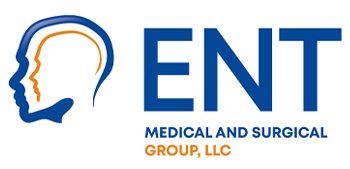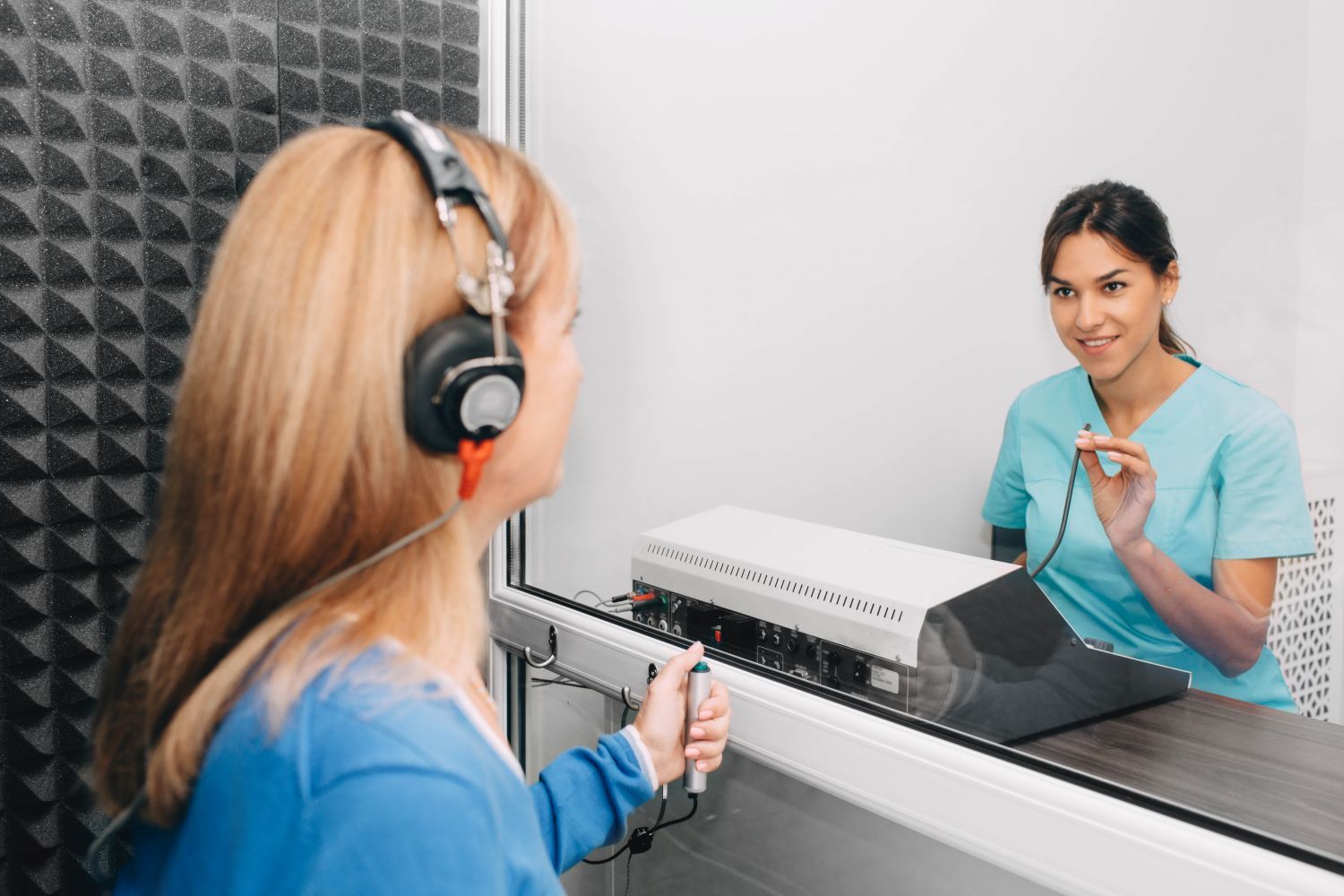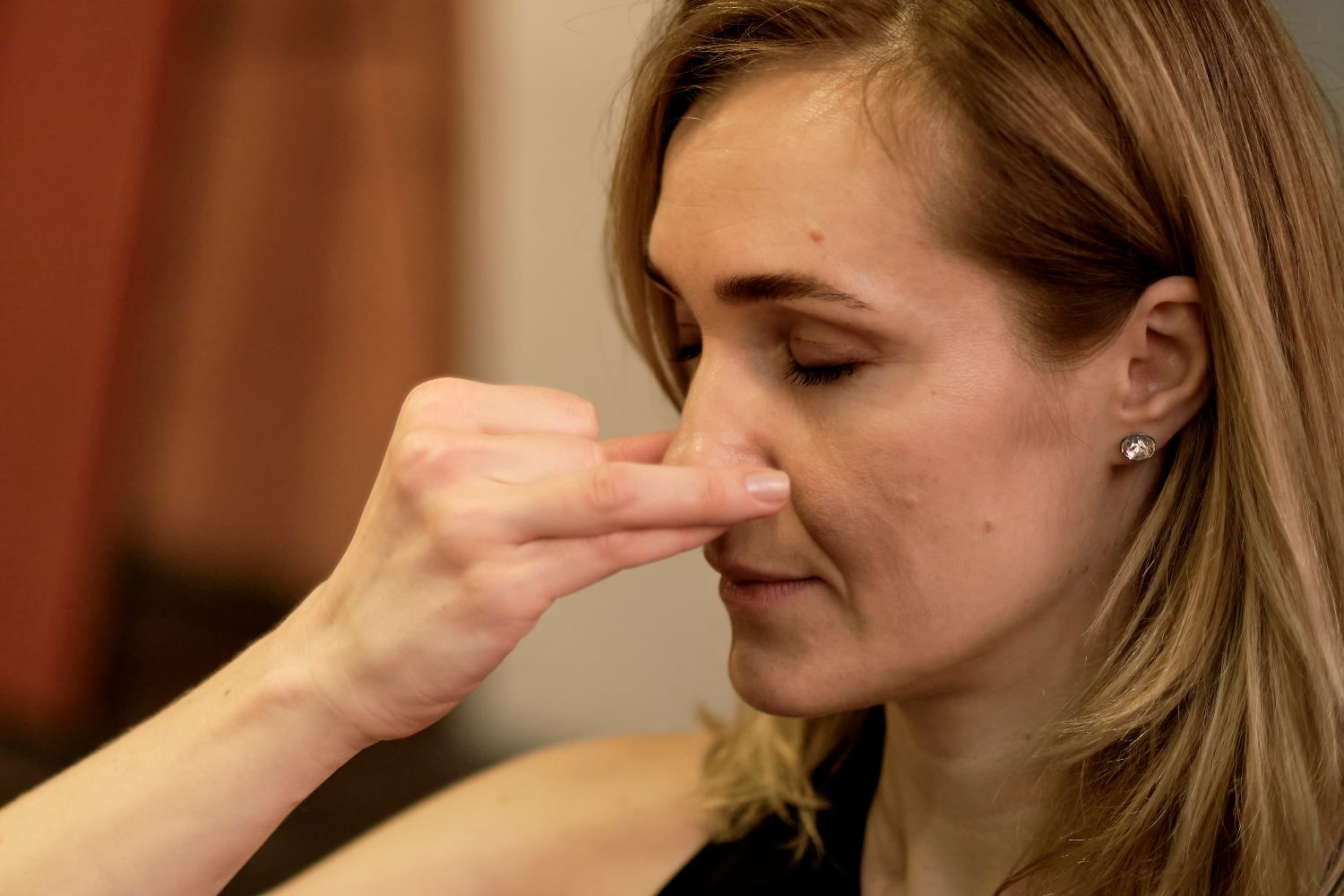5 Runny Nose Treatments to Help Relieve Your Discomfort
Whether your runny nose is caused by an allergic reaction, an infection, or a chronic condition, it can be a constant source of annoyance and discomfort. While there are many causes of runny nose, effective treatments are available.
If you are looking for a way to help relieve a runny nose and congestion, here are 5 methods to help clear up your runny nose.
Five Ways to Relieve Your Runny Nose
1. Antihistamines
The term antihistamine is well-known, but what is its antonym? Histamine is a vital molecule that plays a part in various body functions. When your body is disturbed by an allergy, it is released. Allergy symptoms are caused by histamine, which causes vessels to expand and contract. It is distributed both as an over-the-counter and a prescription.
2. Nasal Saline Rinses
Nasal saline rinses use purified water or saline solution to clear your nasal passages and sinuses. The way this method works is quite simple to understand. Water is poured into one nostril and left to flow through your sinuses, clearing any allergens and mucus in the process.
When performing nasal saline rinses, make sure you are using sterile water. Water from the tap can contain harmful bacteria that, while safe for drinking, can cause problems when introduced deep into your nasal cavities.
3. Nasal Steroid Sprays
This medicine is precisely what it sounds like—a spray inserted into the nostrils to help relieve pain and discomfort associated with nasal congestion or allergies. All intranasal corticosteroids now on the market have undergone extensive safety assessment, have excellent safety profiles, and have few side effects.
Intranasal corticosteroids are occasionally required for years by people with chronic rhinosinusitis or allergic rhinitis, and investigations on these patients demonstrate no substantial long-term adverse effects.
4. Nasal Anticholinergic Sprays (Atrovent or Ipratropium Bromide)
These sprays are comparable to steroid sprays, but they contain Ipratropium, which is an anticholinergic compound. This medication can help with the symptoms of lung disorders like asthma, chronic bronchitis, emphysema, and, yes, a runny nose.
5. Allergy Immunotherapy
Immunotherapy is another option for people who suffer from recurrent runny noses. They are generally used to treat reactions to bee stings, pollen, dust mites, mildew, and pet dander, among other things.
If you have a persistent runny nose, you should contact one of our ENT Specialists to determine the cause of the issue. A runny nose is often due to allergies and non-allergic irritants in the nose, but warning signs such as single-sided, gushing, or prior head trauma could prompt a workup for a severe condition called a brain fluid leak (CSF leak). That’s why you should see an expert.
At ENT Medical and Surgical Group, LLC, we offer cutting-edge treatments for ear, nose, and throat problems to patients in New Haven, North Haven, Westbrook, and Branford, Connecticut. If you have further questions about our services, contact us online!













